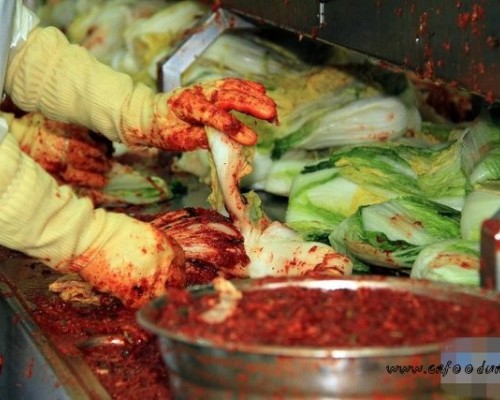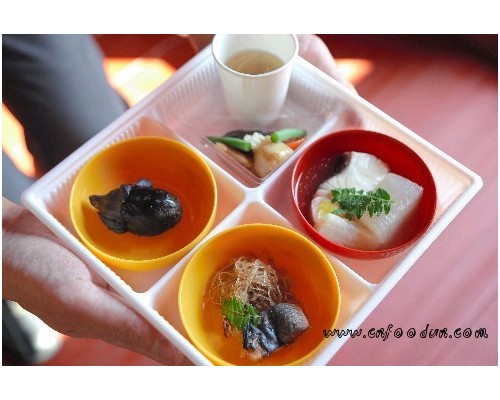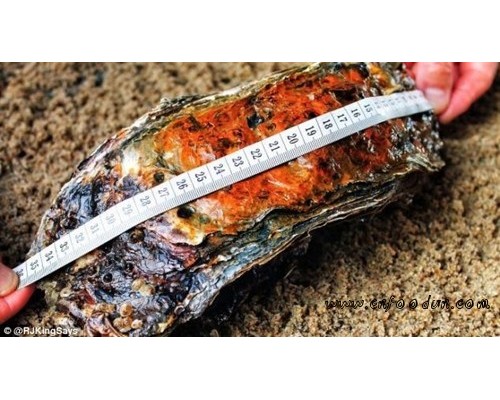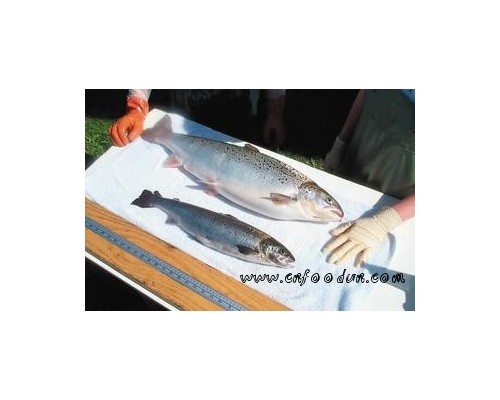原文报道:
According to Article 6 of the Regulation (EC) No 396/2005, France received an application from Syngenta AGRO to modify the existing MRLs for difenoconazole in peppers and aubergines (egg plants). In order to accommodate for intended indoor and outdoor uses of difenoconazole in France, the applicant proposed to raise the existing MRLs in peppers and aubergines from the LOQ of 0.05 mg/kg to 0.5 mg/kg for pepper and 2 mg/kg for aubergines. France drafted an evaluation report according to Article 8 of the Regulation (EC) No 396/2005 which was submitted to the European Commission and forwarded to EFSA on 24 March 2010.
EFSA bases its assessment on the above mentioned evaluation report submitted by the EMS France and the Draft Assessment Report (DAR) prepared by Sweden under Directive 91/414/EEC.
The toxicological reference values for difenoconazole as proposed by the rapporteur Member State (RMS) Sweden are 0.01 mg/kg bw/d for the ADI and 0.2 mg/kg bw for the ARfD.
According to the DAR, metabolism of difenoconazole residues in primary crops is elucidated in four crop categories and the residue definition for the risk assessment and enforcement is proposed as parent difenoconazole. EFSA concludes that metabolic pathway in peppers and aubergines is sufficiently addressed and no additional metabolism studies are currently required. However, the proposed residue definition is accepted as provisional and might be revised in the framework of the peer review.
Submitted residue trials demonstrate that an MRL of 0.5 mg/kg would be required for peppers (based on the indoor use) and 0.4 mg/kg in aubergines (based on the SEU outdoor use). The intended NEU and SEU outdoor uses on peppers are not supported by data. The intended NEU outdoor use on aubergines is not supported by data.
The effects of processing on the nature of difenoconazole residues are investigated; difenoconazole is stable under typical processing conditions and therefore for processed commodities the same residue definition as for raw agricultural commodities is applicable. No specific processing studies have been submitted with peppers and aubergines; such studies are not required considering the low contribution of these crops to the total dietary intake. Instead, the applicant submitted one balance study and three follow-up studies on the effects of processing on the magnitude of difenoconazole residues in different processed fractions in tomatoes. The following median processing factors were derived and are recommended for the inclusion in Annex VI of the Regulation (EC) No 396/2005:
- Tomatoes, canned: 0.07
- Tomatoes, juice: 0.2
Peppers and aubergines can be grown in rotation with other crops and therefore occurrence of difenoconazole residues in rotational crops was investigated. It was concluded in the DAR that generally the metabolic pathway is similar in primary and rotational crops and that a residue should be defined as parent difenoconazole. Pending the outcome of the peer review, EFSA provisionally agrees with the proposed residue definition set as parent difenoconazole in rotational crops. Considering the application rates proposed in the framework of this application it is concluded that significant levels of parent difenoconazole are not expected in rotational crops provided that difenoconazole is applied according to the proposed GAP.
The consumer exposure assessment was performed with revision 2 of the EFSA PRIMo. For the chronic exposure assessment EFSA used the existing MRLs for difenoconazole as established in Annex III of Regulation (EC) No 396/2005 as well as the STMR values derived for the intended use of difenoconazole on peppers and aubergines. For several plant commodities the STMR values were available to refine the exposure calculations. Acute exposure assessment was performed only with regard to peppers and aubergines, using the HR values as derived for the intended use of difenoconazole on these crops. The calculated exposure was then compared with the toxicological reference values as derived for difenoconazole. It should be noted that the consumer exposure calculation is considered provisional pending a confirmation of the residue definition for risk assessment by the peer review.
No long-term consumer intake concerns were identified for any of the European diets. The maximum calculated exposure values accounted for 97.3% of the ADI (WHO Cluster diet B). The highest
contribution to the total calculated exposure (% of the ADI) from the intake of peppers accounted for 0.7% (WHO Cluster diet B) and from aubergines - 0.3 % (WHO Cluster diet B). No short-term consumer intake concerns were identified in relation to the intake of peppers (12.6% of the ARfD) and aubergines (3.5% of the ARfD).
Provisional consumer exposure assessment indicates that the proposed MRLs for difenoconazole in peppers and aubergines are acceptable.
It should be noted that difenoconazole belongs to a chemical class of triazoles which, when applied on plants, are known to produce degradation/metabolism products known as triazole derivative metabolites (TDMs). Since TDMs may occur in primary and rotational plants at significant concentrations, a specific consumer exposure assessment should be performed, taking into account the different sources of TDMs. However, the methodology on how to consider TDMs in the risk assessment is currently under development and therefore the contribution of triazole derivative metabolites was not considered in the consumer exposure assessment under the current application. As soon as a general EU approach on TDMs is developed, an additional risk assessment, taking into account the different sources of TDMs, has to be performed.
As the DAR has not yet been peer reviewed by EFSA, the conclusions reached in this reasoned opinion have to be taken as provisional and might be reconsidered in the light of the conclusions reached in the peer review process for difenoconazole.
| Food codea | Commodity | Existing EC MRL (mg/kg) |
Proposed EC MRL (mg/kg) |
Justification for the proposal |
|---|---|---|---|---|
| Provisional enforcement residue definition: difenoconazole | ||||
| 0231020 | Peppers | 0.05* | 0.5 (provisional) | The MRL proposal is based on indoor use only. The MRL proposal is sufficiently supported by data and no consumer intake concerns were identified. Intended SEU and NEU outdoor uses are not supported by residues data. |
| 0231030 | Aubergines | 0.05* | 0.4 (provisional) | The MRL proposal is based on outdoor SEU use only and for this use it is sufficiently supported by data and no consumer intake concerns were identified. The intended NEU outdoor use is not supported by residue data. |
a – according to Annex I of Regulation (EC) No 396/2005.
*indicates the lower limit of analytical quantification
详情见:http://www.efsa.europa.eu/en/scdocs/scdoc/1651.htm







